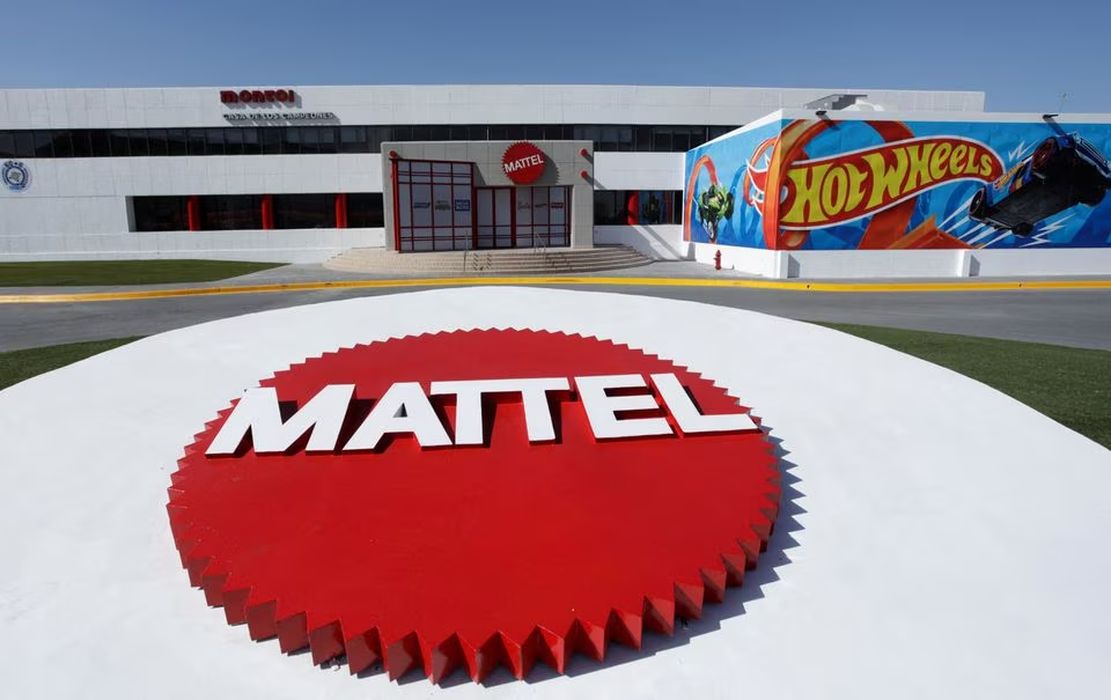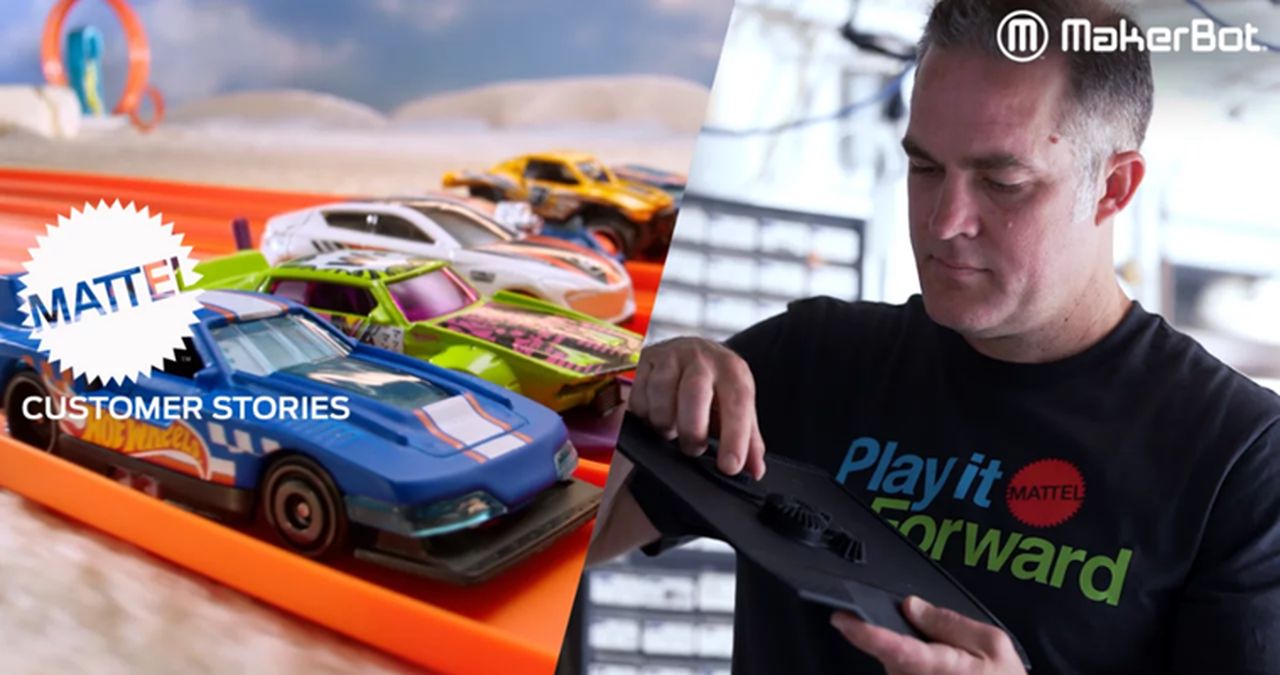
Charles R. Goulding and Preeti Sulibhavi look at how US companies have leveraged 3D print technology in their new Mexico factories.
In Mexico there is a surge in demand for industrial space. The increased demand is largely driven by the US moving its supply chains to Mexico, as a contiguous trading partner.
Major US companies have been opening facilities in Mexico to circumvent supply chain issues with Asia. One company is ATEK and the other, a household name, is Mattel.

While this has been mostly a win-win for Mexico and US manufacturers, there are some kinks that must be worked out. One of those is the consistent supply of electricity and utilities for these factories. In the instance where there is a corporate legal dispute, Mexican courts and laws are often hard to navigate and take a long time to go through. While these have certainly been issues as industrial demand booms in Mexico, they do not appear to be impacting demand for industrial space, currently.
ATEK and 3D Printing
ATEK uses a 3D print method which enables them to produce parts at low cost but with high-quality results. ATEK then uses vacuum casting to create silicon molds. Their prototypes are made of materials based on polyurethane that precisely simulate all industrial plastics and elastic rubbers. ATEK uses these technologies to develop its products as well as to service its customers.
Mattel and 3D Printing
For a toy company, Mattel is not toying around with research and development. To the contrary, Mattel is designing and developing the toys of tomorrow, “playing” it forward, by using MakerBot 3D printers.
Jack Peach, key lead innovation engineer at Mattel, leads the product innovation team for all of Mattel’s portfolio of brands. This includes Barbie, Hot Wheels, Fisher-Price, American Girl, Thomas and Friends, UNO, Masters of the Universe, Monster High and MEGA. He has been working in the toy industry for over 15 years.
According to Peach, “Being an inventor, I’m most excited to see the sparkle in a kid’s eye when a toy does something unexpected, something ‘magical’. It is a shared experience driving imagination at their level and mine, encompassing ‘What if? Why not?’.”
Peach and his team use a wide range of professional digital design software and hardware tools for sketching and rough model layout, mechanical feature design and simulation, virtual model (VR and AR) visualization and electronic software development.
To build a toy workshop in his home office, Peach acquired two 3D printers. The MakerBot METHOD and the MakerBot METHOD X are part of the product development technology now.
The Research & Development Tax Credit
The now permanent Research and Development (R&D) Tax Credit is available for companies developing new or improved products, processes and/or software.
3D printing can help boost a company’s R&D Tax Credits. Wages for technical employees creating, testing and revising 3D printed prototypes can be included as a percentage of eligible time spent for the R&D Tax Credit. Similarly, when used as a method of improving a process, time spent integrating 3D printing hardware and software counts as an eligible activity. Lastly, when used for modeling and preproduction, the costs of filaments consumed during the development process may also be recovered.
Whether it is used for creating and testing prototypes or for final production, 3D printing is a great indicator that R&D Credit eligible activities are taking place. Companies implementing this technology at any point should consider taking advantage of R&D Tax Credits.
Conclusion
While there are some challenges presented to US companies establishing industrial space in Mexico, the geo-political advantages will most likely outweigh them. Having a contiguous supply chain in the continent will only enhance business and both economies. The 3D printing industry can be a part of this boom.
